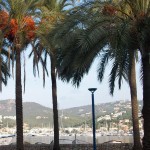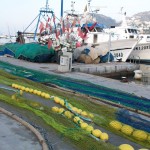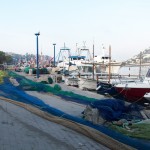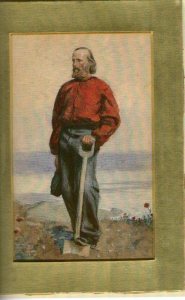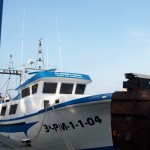Cruising to Italy with Mark Twain
January 28th , 2013 Tagged with: Civitavecchia • cruise • cruise business • cruise excursions • cruises • Garibaldi • Grand Tour • Livorno • Mark Twain • Naples • The Innocents Abroad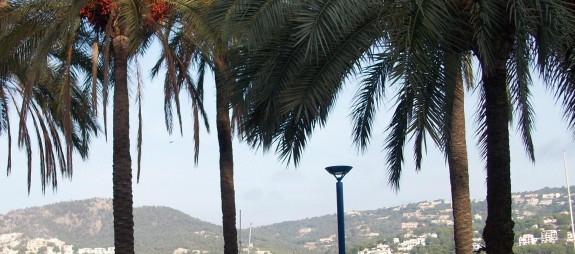
As a lecturer aboard luxury cruise ships I was curious as to how the entire cruise industry began. The owners of Azamara, Royal Caribbean and other popular cruise lines must thank writer Mark Twain, for he was instrumental in creating interest for the first cruise undertaken after the American Civil War in 1867.
The idea that one could visit a number of different places in relative ease and safety was an innovative one in 1867. On a cruise, people were told, you only had to pack and unpack once, it’s safe, and you can make new friends.
The first American-origin cruise was that of the steamer Quaker City which sailed from New York to the Holy Land, Egypt and Greece. We know a good deal about this cruise because the popular writer Mark Twain was among the 150 “select companions” making the voyage.
Samuel Clemens (the real name of Mark Twain) had been sent by his newspaper in San Francisco and made good use of the trip which he considered a picnic on a gigantic scale, by including the setting, characters and incidents for his enormously successful book “The Innocents Abroad”.
The ship leased for the voyage, Quaker City, had seen action during the Civil War: it had 150 cabins with all the modern comforts of the time, and importantly, there was a ship’s doctor available during the entire voyage.
The departure date was June 8, 1867 and the voyage cost $1250 per person . There was a non- refundable deposit of $125 at booking time plus another $5 per day per person were previewed for extra expenses.
The detailed program announced ahead of time included descriptions of the places to be visited, as well as cultural and historic curiosities. For example, the program described how a local pilot would be taken aboard in Livorno to bring them to Caprera for a visit to Garibaldi’s home.
The beginning of the first mass cruises marked the end of the Grand Tour. Since the 1600s travel had been only for members of the higher, educated classes who considered a “gap year” of travel through Italy and Greece an integral part of education-especially for young men. After regular studies at home it was deemed necessary for a “finished” gentleman to go on abroad to study and come into direct contact with classical antiquities.
Now the less educated classes , those interested in a pleasant holiday full of novelty and curious sensations , would also be able to travel…in groups.
As Twain described them, they were “innocents” since they came from a new world outside of classical traditions, to be protected from too much culture, too many monuments, masterpieces, relics and churches. The Innocents first impact with Rome was usually that of decadence, inefficiency , surprise at the illiteracy , beggars, filth, lack of liberty and superstition.
Twain’s group of cruisers also ran into difficulties with the port authorities in Livorno, who could not understand how and why the Quaker City with its passengers would cross the vast Atlantic only for a pleasure trip. This seemed absolutely unthinkable and the authorities were sure they had an ulterior motive . The unusual visit to Caprera made the authorities quite suspicious: perhaps the ship was carrying a seditious group of “bloody Garibaldini” in disguise. Thus the passengers’ documents and the entire ship were inspected several times while armed boats kept it under control until the departure for Naples.
